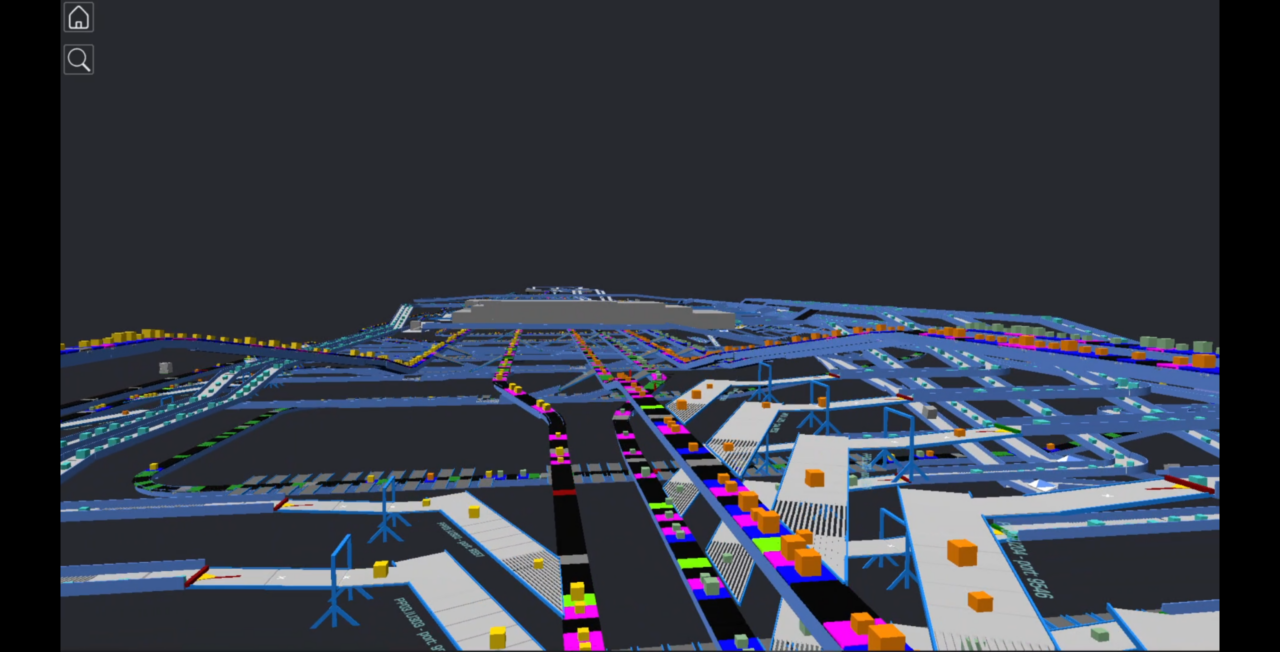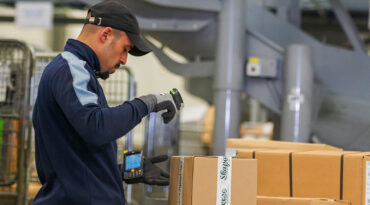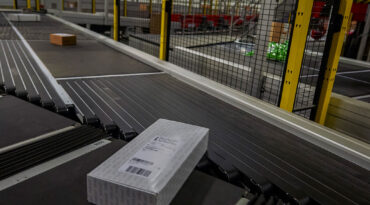This will enable them to avoid sub-optimisation and uncoordinated processes whilst making the network more optimised to save money internally: fewer costs equals more earnings.
Most of the tech needed to achieve this is already here, but there is some way to go to achieve this, warns Thierry Golliard, Director of Innovation and Venturing at Swiss Post:
“The industry has improved many related aspects but still has a long journey ahead to offer this seamless experience we’re all aiming for.”
Firstly, investment is required in new systems. Only with them in place can aggregated data and forecast models transform your business, as data’s revolutionary role in the industry is now undeniable.
Reacting to dynamic circumstances
A ‘Dynamic Parcel Network’ (DPN) integrates the latest advances in automation, software and artificial intelligence to connect, digitalise and optimise the delivery process across the entire network
By bringing together all of the components involved in a parcel’s journey, from the point of shipment to the end-consumer’s doorstep, the DPN will enable a CEP business to respond in real time to dynamic circumstances.
While the connectivity is ambitious, it’s fast becoming achievable because developments in software intelligence are moving faster than previously predicted, enthuses Golliard:
“An increasing number of different platforms linked to transport and logistics, provided by postal operators and other organisations, will integrate with one another. The resulting network could ultimately enable a better use and sharing of logistics capacities.”
Furthermore, the technology is becoming more and more affordable.
Predicting peaks – and scaling them
Already other industries, including telecom suppliers and energy companies, have embraced intelligent network operations that predict end-consumers’ needs, enabling the suppliers to scale up and down accordingly.
Digitalising the entire journey of a parcel’s physical journey is not as easy as supplying electricity to a home, but digital intelligence can be used to connect parcel networks and the systems that operate within.
After all, CEP companies can anticipate their peak times with the same level of certainty that energy companies expect the onset of winter: whether it’s Christmas, Black Friday or Apple releasing its latest iPhone.
This agility to keep up with peaks of demand is key, comments Christian Østergaard, lead visionary – senior group strategist of IT production/IoT/AI at PostNord:
“We need to be increasingly flexible, scalable and fast – to enable this, we will use data and especially generative-AI more than ever before. Combining our own operational data with demographics, like behaviours in different areas, can give you an overall optimisation.”





